
Marieke van Diemen
Visual artist and collector Marieke van Diemen (b. 3 December 1959) studies the naturalness of observation in general and in the museum in particular. Her works play a subtle game with the conventions of ‘showing’, exploring how objects present themselves to us. The common themes in her work, including her commissioned work and photography, are independent looking and breaking with habitual ways of looking. Van Diemen lives and works in Amsterdam. Her design in the depot is The Maze: a three-dimensional maze in the atrium with floating showcases in which works of art and objects from the depots are displayed.
We have documented the entire creative process and the placement of the display cases in the depot in an extensive video portrait of Marieke van Diemen. We visit her in her studio in Amsterdam, film the journey of showcase 7 and see how the display cases are finally installed in the depot. The entire project has also been documented in beautiful photographs by Aad Hoogendoorn.
Atrium
At the centre of the Depot is a large rectangular open space, the Atrium, which stretches from the ground floor to the roof. This central space is forty meters high, twenty-eight meters wide and six meters deep. The space is traversed by zigzag stairs à la Giovanni Piranesi and there are two glass lift shafts that close off the end of the Atrium. One shaft houses a lift for transporting artworks, while the other is divided between two passenger lifts. Marieke van Diemen was invited to devise a concept for housing a changing display of a selection of works from the collection between the stairs and lifts.

The Maze
‘The Depot is not a museum or an exhibition space. An exhibition usually follows a single route devised by a curator or artist. You could call that “directed observation”. A maze is the exact opposite, characterised by countless different routes that can be chosen at will. The maze became my underlying concept for the showcases in the Atrium. The Maze is a three-dimensional labyrinth with floating display cases in which artworks and objects from the storage facilities are placed. In total, thirteen enormous display cases will be built, varying in shape and size. As a visitor, you determine your own route and you even walk over some of the artworks via several gangway display cases. The showcases are made of glass and steel and have a combined volume of approximately 400 m3. The largest, measuring 6 x 5 x 5 meters, will be on the sixth floor.’































Vessels
Van Diemen collects ‘vessels’, in both the functional and the metaphorical sense. Her collection of vases from West Germany has grown into an ever-changing display. From 1950, the German ceramics industry produced large numbers of vases in an infinite number of shapes, colours and sizes. Van Diemen has considered how these once-so-popular, mass-produced objects can be shown and interpreted today. Other projects by Van Diemen include Passage II (2001-18), the sculpture gallery in the House of Representatives, Coloured Matters in the Asylum Seekers Application Center in Ter Apel, and the Print Room in Museum Boijmans Van Beuningen.
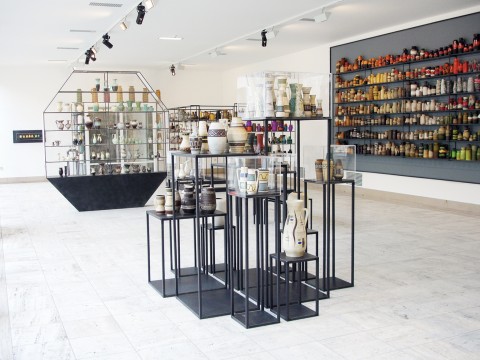


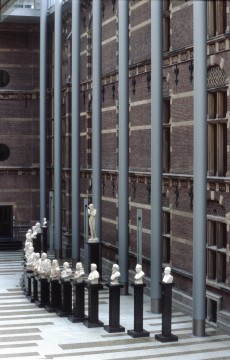
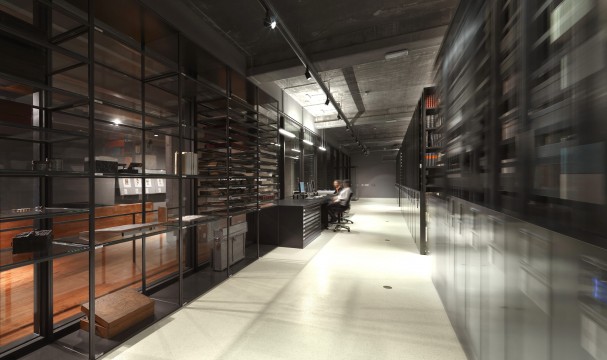
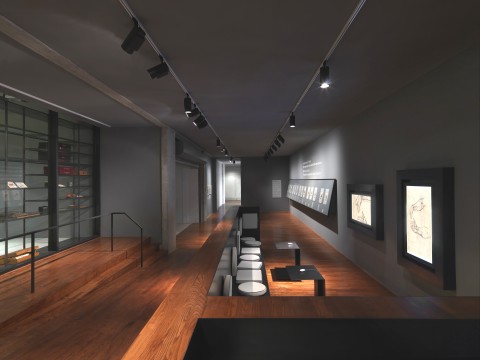
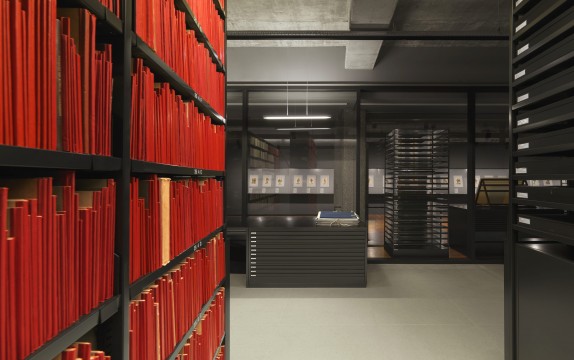
Artists design the Depot interior
The exterior of Depot Boijmans Van Beuningen looks spectacular with its mirrored façade that reflects the entire city. The interior will be equally spectacular. For the interior design, Boijmans has teamed up with artists John Körmeling, Marieke van Diemen and Pipilotti Rist. We have documented the entire creative process and the placement of the works in the depot in extensive video portraits of each artist and in photo albums. You can have a look at Körmeling's project here and on this page you can find an overview of the artists' designs for the depot interior.

